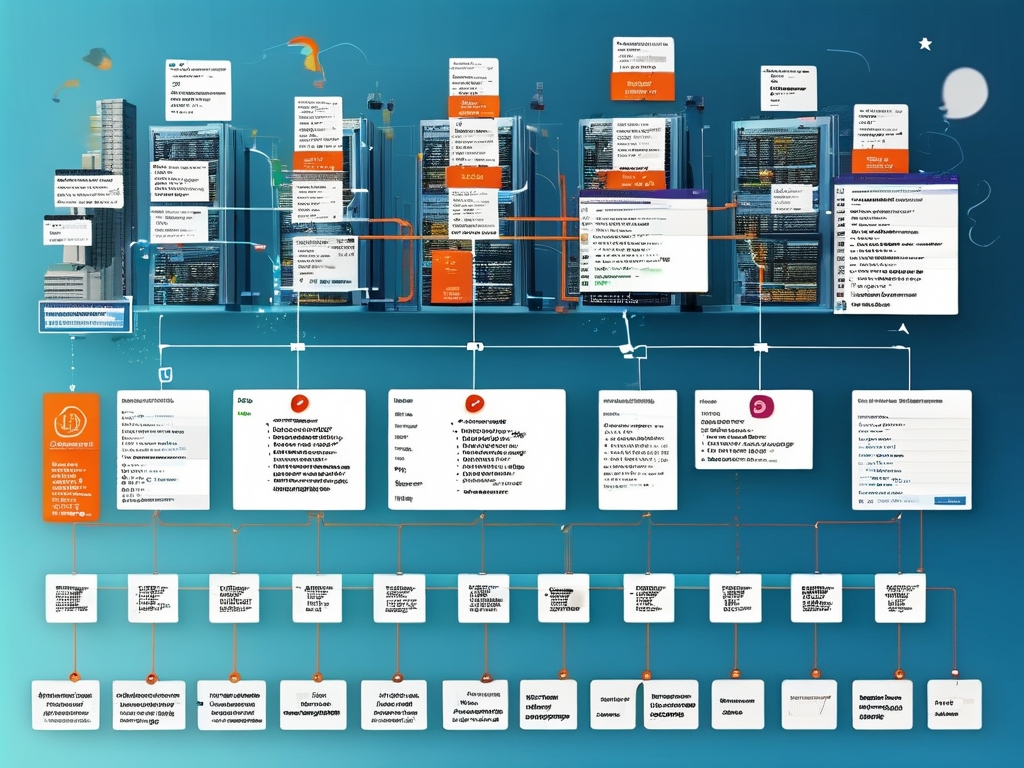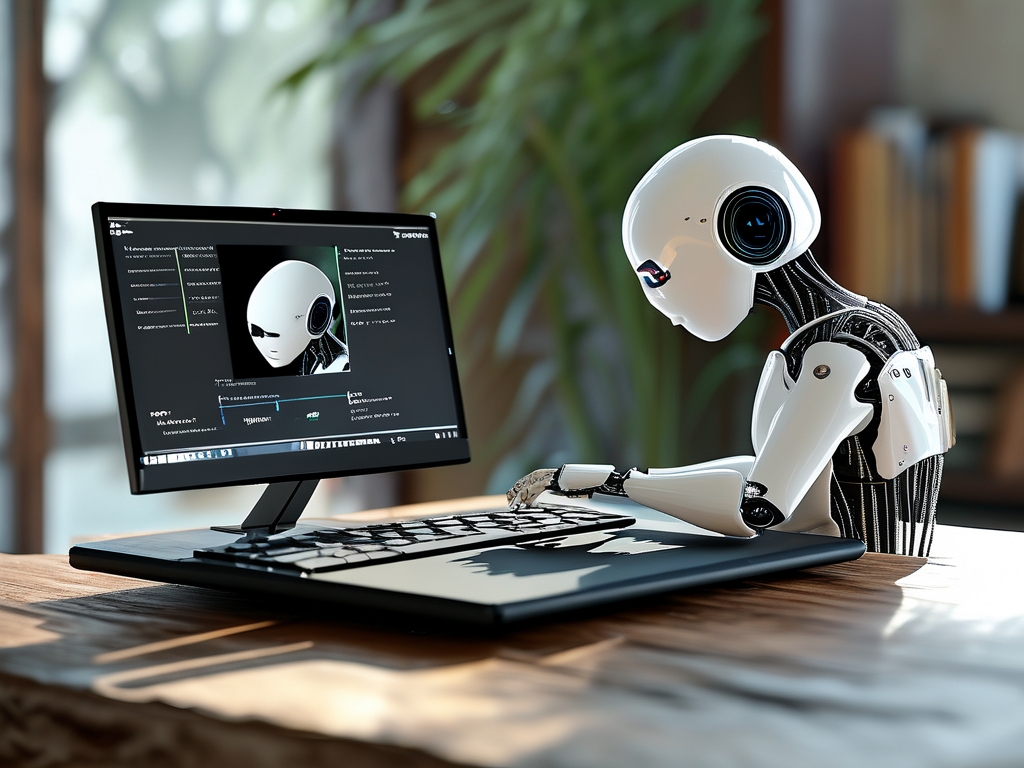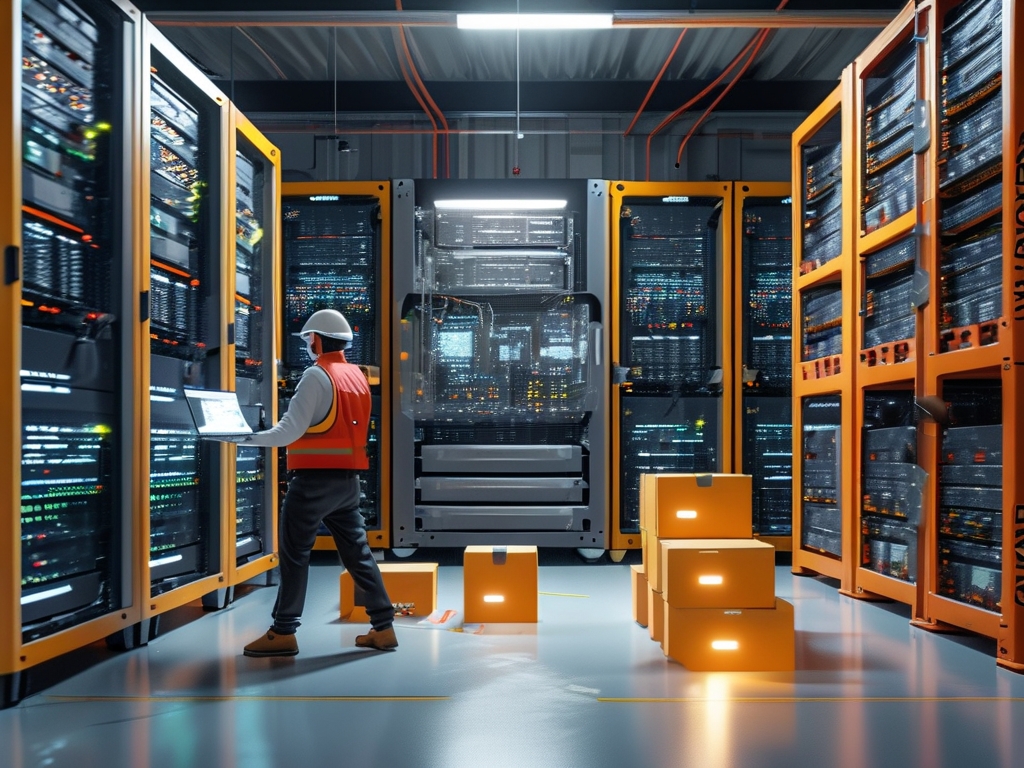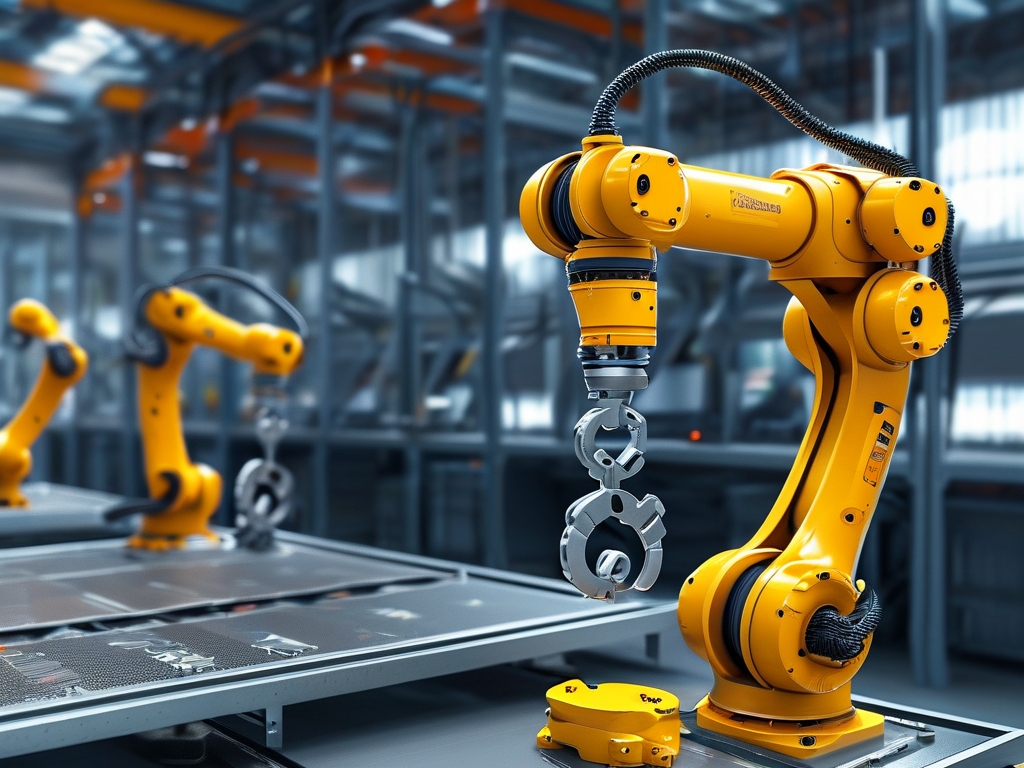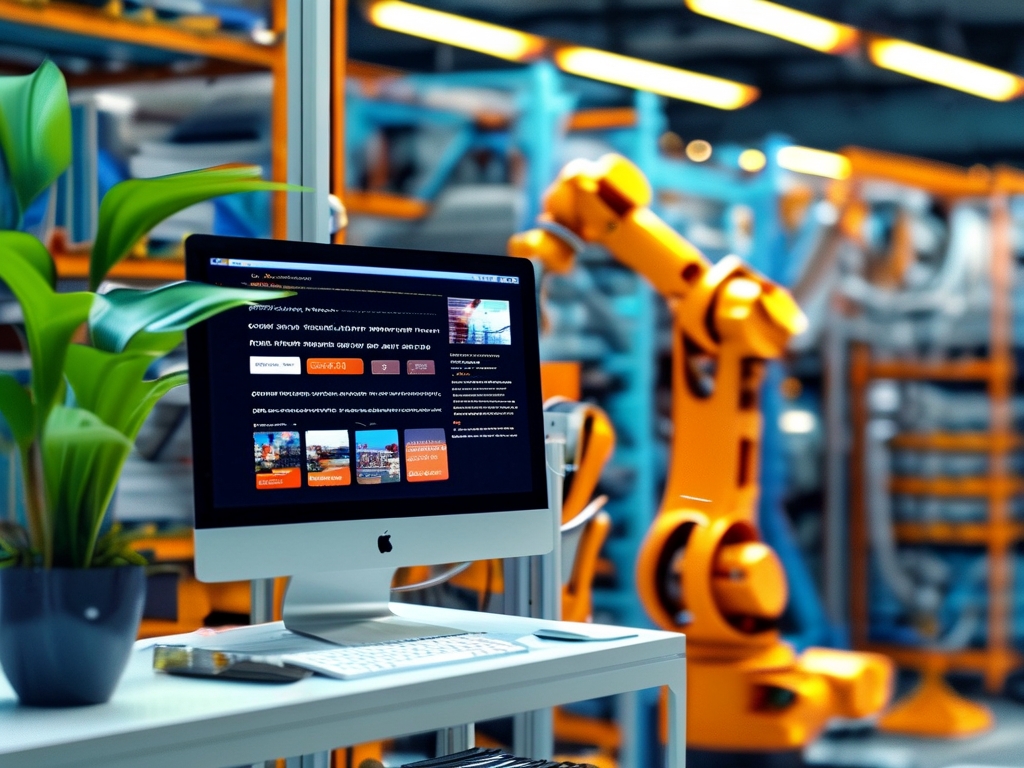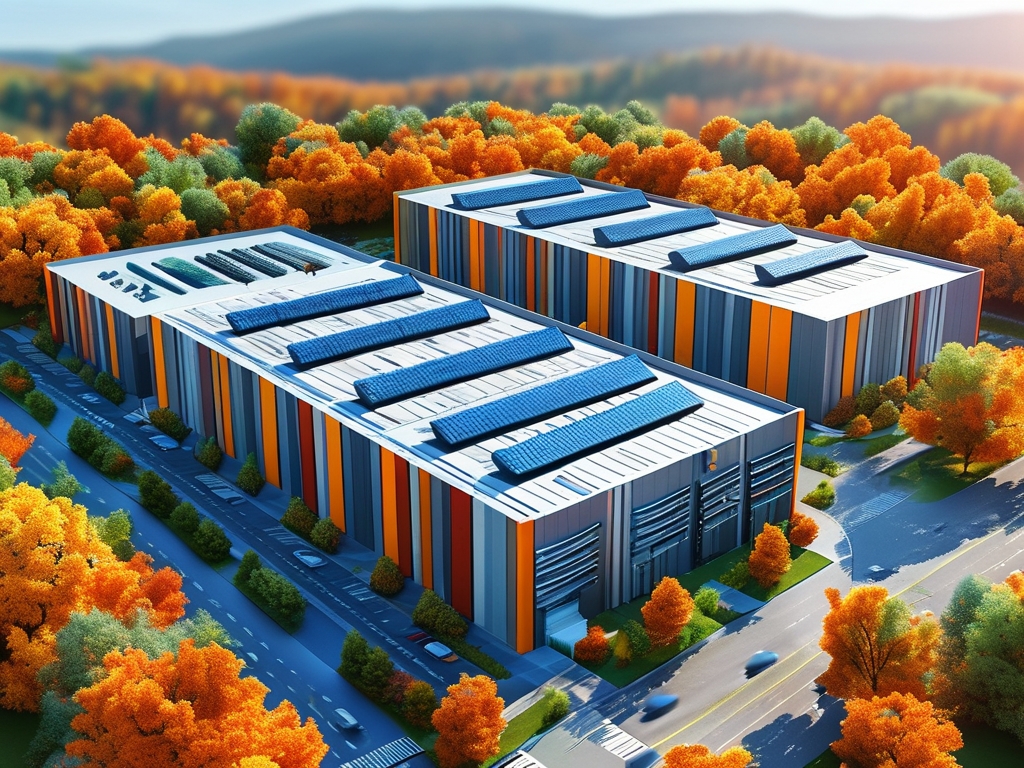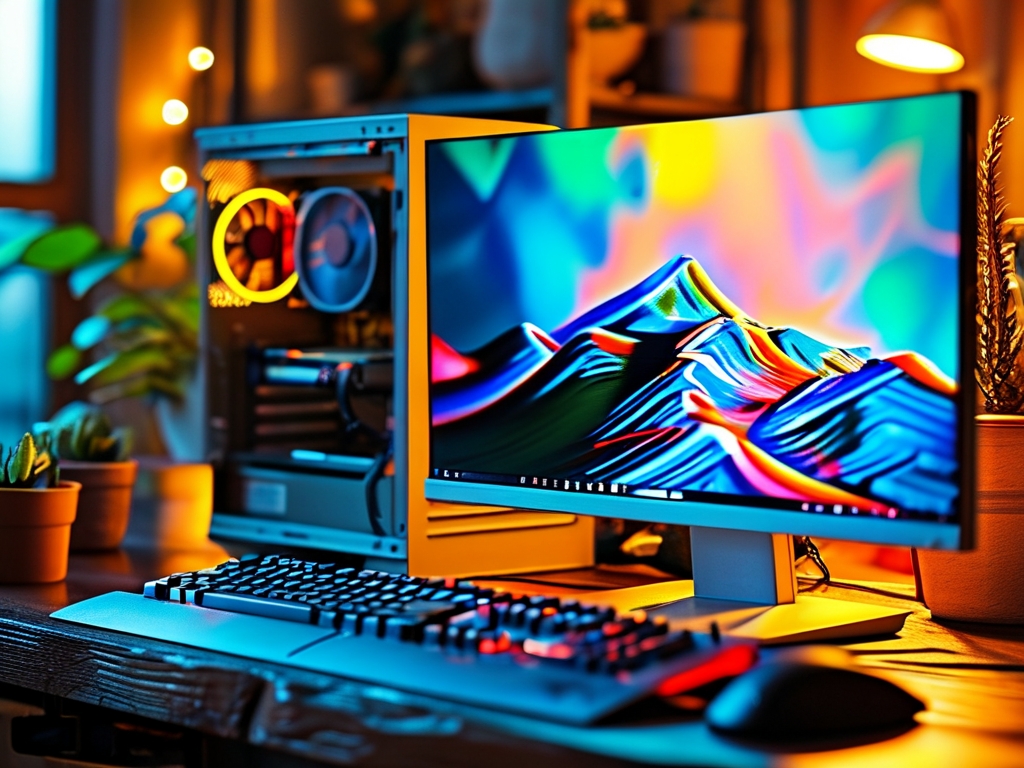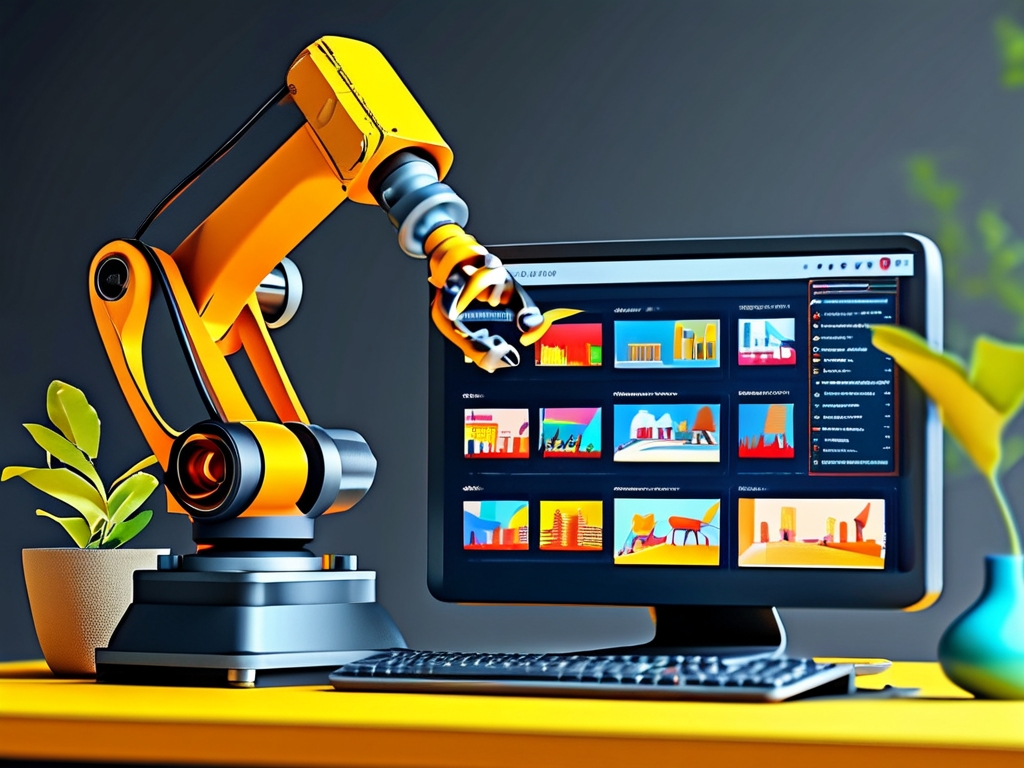In the rapidly evolving field of robotics, achieving precise synchronization among multiple robotic agents or subsystems is critical for applications ranging from industrial automation to collaborative drones. Synchronization ensures that robots operate cohesively, minimizing errors, optimizing efficiency, and enabling complex tasks that single robots cannot accomplish alone. This article explores the technical foundations, challenges, and innovations in robotic synchronization, focusing on five key areas: temporal alignment, spatial coordination, communication protocols, fault tolerance, and real-time sensor integration.

1. Temporal Alignment: The Backbone of Synchronization
Temporal alignment refers to the precise timing coordination required for robots to execute tasks in unison. This is particularly vital in scenarios like swarm robotics or assembly lines, where delays of milliseconds can lead to cascading failures.
- Clock Synchronization: Robotic systems often rely on synchronized internal clocks. Protocols like IEEE 1588 Precision Time Protocol (PTP) enable microsecond-level synchronization across networked devices.
- Task Scheduling: Real-time operating systems (RTOS) prioritize tasks to ensure deterministic execution. For example, in a multi-robot warehouse, scheduling algorithms allocate pick-and-place actions to avoid collisions while maintaining throughput.
- Latency Compensation: Network-induced delays are mitigated using predictive algorithms. Robots may precompute trajectories or employ buffer zones to account for communication lags.
2. Spatial Coordination: Harmonizing Movement in Shared Environments
Spatial coordination ensures robots navigate and manipulate objects without interference. This involves both path planning and dynamic adjustments.
- Collision Avoidance: Techniques like velocity obstacle algorithms or artificial potential fields allow robots to reroute in real time. For instance, autonomous mobile robots (AMRs) in factories use LiDAR and vision systems to detect obstacles and recalculate paths.
- Formation Control: In drone swarms or robotic arms working on a single object, formation control algorithms maintain relative positions. Feedback loops using inertial measurement units (IMUs) and encoders correct deviations.
- Workspace Mapping: Shared 3D maps updated via SLAM (Simultaneous Localization and Mapping) enable robots to operate in overlapping zones. Collaborative robots (cobots) in assembly lines use this to hand off components seamlessly.
3. Communication Protocols: Enabling Seamless Data Exchange
Reliable communication is the lifeline of synchronized systems. Bandwidth, latency, and protocol design dictate performance.
- Wired vs. Wireless: Industrial robots often use deterministic Ethernet (e.g., EtherCAT) for low-latency communication. Wireless systems like 5G or Wi-Fi 6 are gaining traction for mobile robots but require robust error-checking.
- Middleware Frameworks: ROS 2 (Robot Operating System) with its Data Distribution Service (DDS) standardizes message passing across heterogeneous robots. This is crucial in research labs testing multi-robot systems.
- Edge Computing: Distributing computation reduces reliance on centralized servers. For example, in agricultural robot teams, edge devices process sensor data locally to minimize latency.
4. Fault Tolerance: Ensuring Robustness Amidst Failures
Synchronization must persist even when individual components malfunction. Redundancy and adaptive algorithms are key.
- Redundant Actuators/Sensors: Dual encoders or backup motors allow robots to continue tasks if a component fails. Humanoid robots, for instance, use redundant joints to maintain balance.
- Consensus Algorithms: In distributed systems, Byzantine fault tolerance (BFT) ensures agreement among robots despite faulty nodes. This is critical for military or space exploration robots.
- Self-Healing Networks: Protocols like RPL (Routing Protocol for Low-Power Lossy Networks) reroute data if a communication link drops, ensuring uninterrupted coordination.
5. Real-Time Sensor Integration: Bridging Perception and Action
Sensors provide the data needed for synchronization, but their integration poses challenges in data fusion and timing.
- Multi-Sensor Fusion: Combining inputs from cameras, LiDAR, and IMUs requires Kalman filters or neural networks to resolve discrepancies. Autonomous vehicles exemplify this, merging data to navigate synchronously with traffic.
- Time-Stamping: Sensors must tag data with synchronized timestamps. GPS-disciplined oscillators are used in outdoor drones to align sensor readings across fleets.
- Edge AI: Deploying lightweight machine learning models on robots enables real-time decision-making. For example, surgical robots use edge AI to synchronize movements with a surgeon’s inputs.
Challenges and Future Directions
Despite advancements, synchronization faces hurdles like scalability in large swarms, energy constraints in battery-powered robots, and security risks in networked systems. Emerging solutions include quantum-clock-based synchronization for ultra-precision and blockchain for secure coordination logs.
In , robotic synchronization hinges on a delicate balance of timing, spatial awareness, communication, resilience, and sensory intelligence. As applications expand—from disaster response to personalized healthcare—mastering these technical nuances will define the next frontier of robotics.

